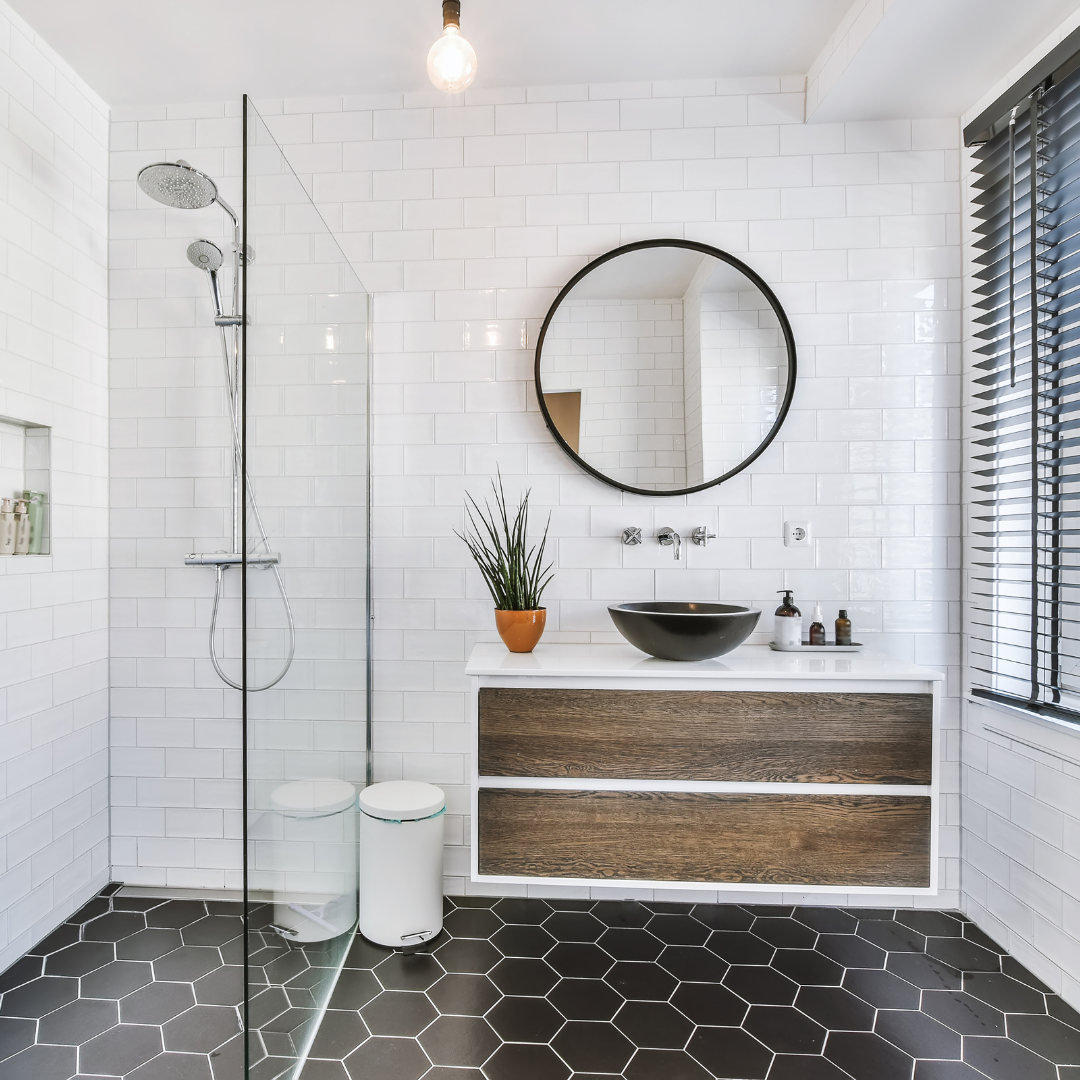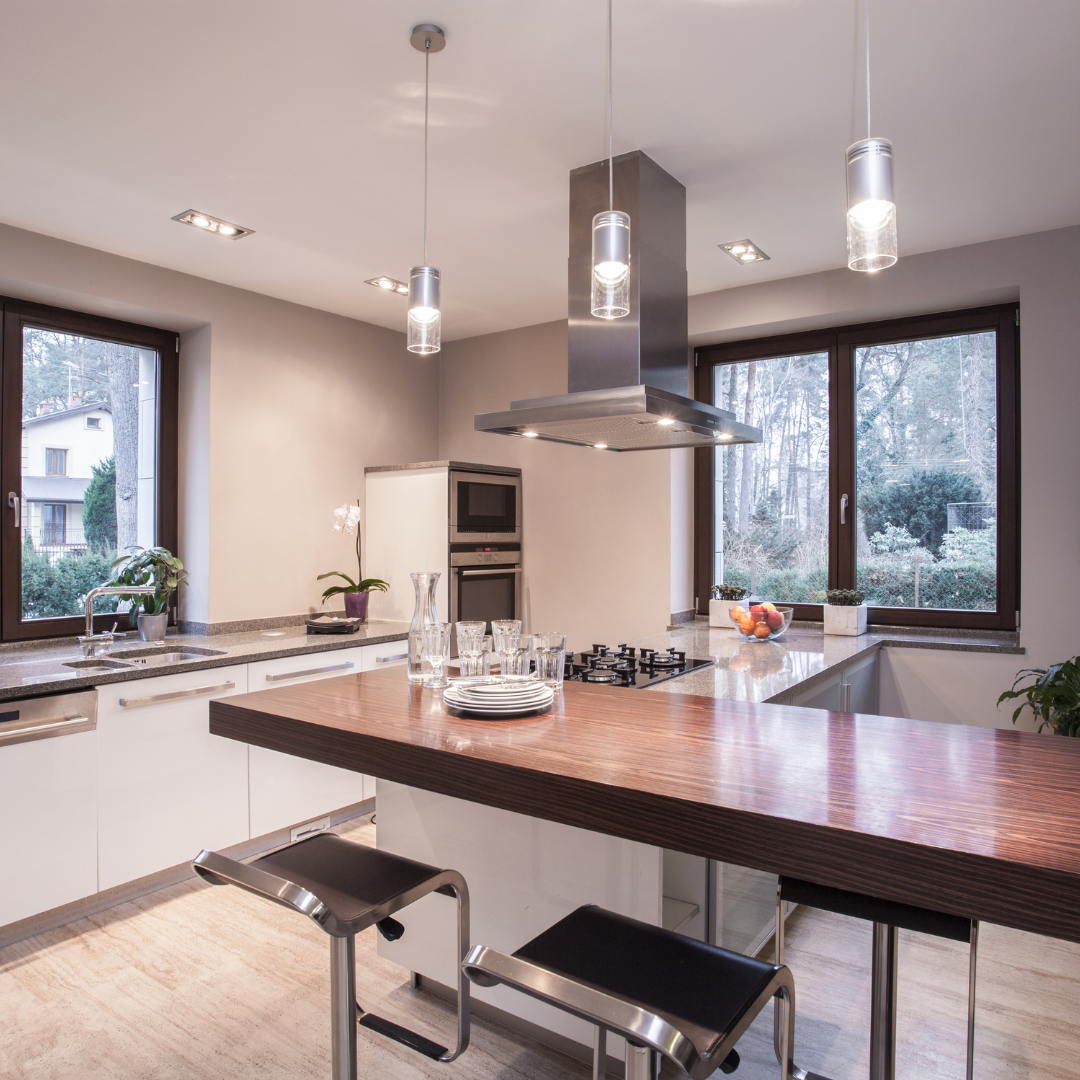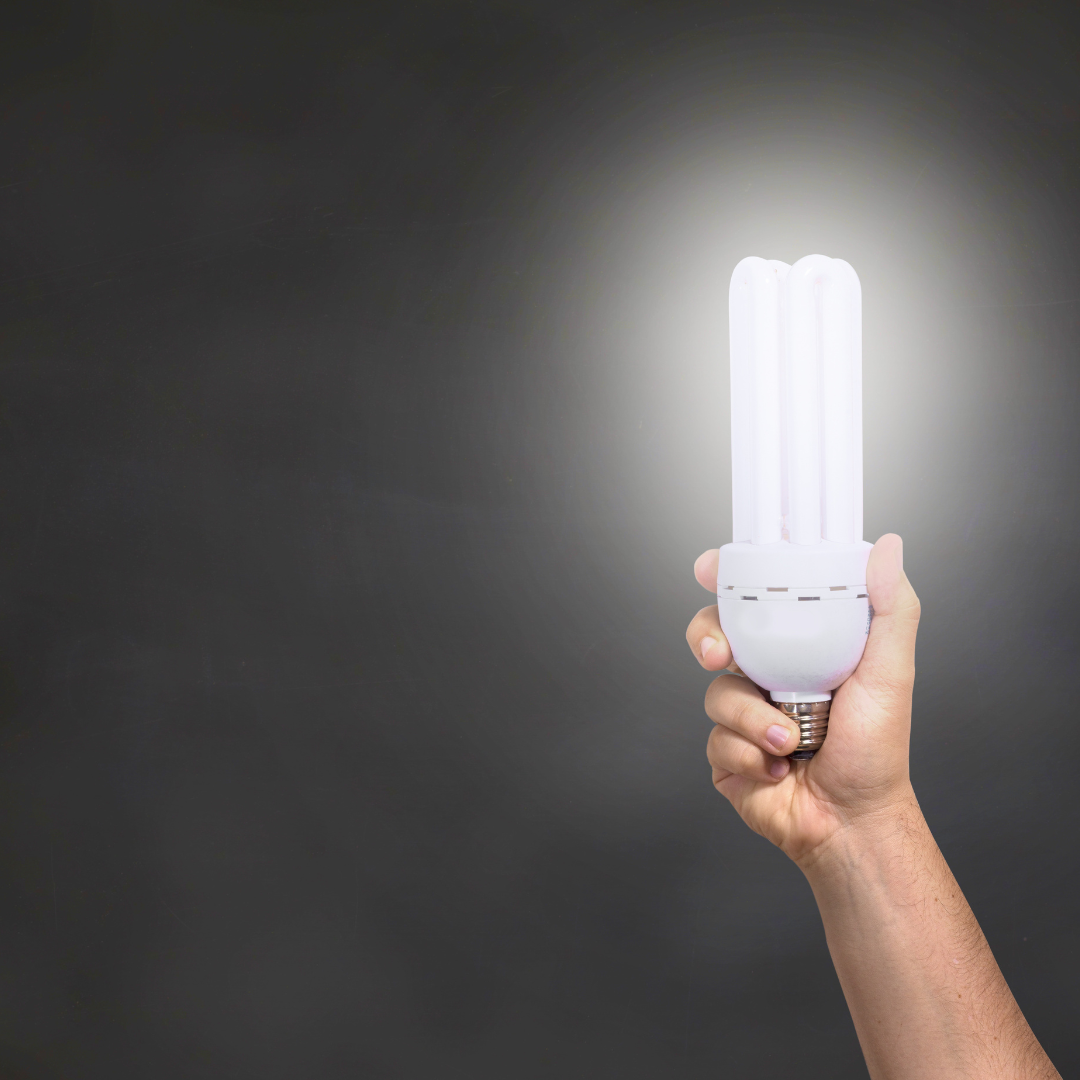For many people, lighting is often an afterthought when designing the interior of homes. This stems from thinking of light as a utilitarian detail of the house, rather than something that contributes to the overall visual appeal.
When it is planned and executed well, lighting can be the unsung element that ties your interior design together.
It is important to also remember that each room in the home has different light needs to suit the activity that takes place in them.
This is a lighting guide that aims to inform you on how to effortlessly light every room in your house.
Read the following tips and keep them in mind when you need to build a new layout from scratch or when you need to adjust your existing lighting setup.
Entryway

You should light your entryways well for your guests and family members to have safe passage into other areas of your home. Ceiling lights are perfect for this function as they provide the necessary ambient light to give a warm welcome into the house.
Entryways can be lit with a dramatic chandelier or a pendant light. This will provide a bright glow of task lighting while adding some visual appeal when first entering the home.
You can supplement this with a floor lamp or a table to layer more light into the space at a lower height.
Stairs and Hallways

It is important to light stairs and hallways well enough so that you can see well when navigating these relatively small areas. Designers recommend installing fixtures every 4 to 6 feet as an effective way of illuminating the area and defining its shape while accentuating any nearby textures and artwork.
Remember that light makes spaces feel lighter, more spacious and more expansive than they are.
Stairs and hallways can benefit from varied light sources like wall lights and wash lights, depending on the size of the area and the spacing between fixtures.
Living Room

If your living room has a main seating area, you can use a large overhead fixture to light the focal point. Then you can layer in floor lamps around the room and in dark corners to prevent having shadows cast around the walls.
For spaces with a large furniture piece or a buffet, consider a table lamp to provide enough lighting.
Dining Room

This is arguably one of the easiest rooms to light well. The main source of light should be a large overhead fixture like a beautiful chandelier that is centered above the dining table. You can add recessed wall lights to light any additional dark spaces.
Kitchen

Good kitchen lighting is a bit complex to execute well. Designers recommend recessed lighting to provide ambient light, and overhead pendants above the kitchen island, breakfast nook and kitchen counters.
One creative solution is to install under-cabinet lighting for main work areas that have cabinets or shelves above them. This will eliminate the need for bright overhead lights for these workspaces.
Bedroom
Bedrooms work well with at least three layers of lighting. There should be some overhead lighting element set to a dimmer switch, recessed wall lights around the edges of the room and small lamps on either side of the bed mounted on bedside tables.
Bathroom

The main reasons for good lighting in a bathroom are safety, aesthetic appeal and clear vision for the functions that take place in the space. Thus, a bathroom should be well-lit with bright water-proof bulbs and should be free of shadows.
Designers recommend recessed lighting fixtures at different points in a bathroom. This frees up the headroom and provides a consistent, bright and glare-free appearance.
If you have a tub, consider some dimmable lighting above the tub. This is a great addition that can help you relax in the tub for a warm soak after a long day.
Ensure you have some neutral and cool light directly above mirrors and sinks so that you can do your grooming with enough light that mimics natural light.
Home Office

Home offices are relatively simple to light well since all you need is a bright overhead light and some task lighting for the main work area. You can get a simple LED bulb to provide the main ambient light and a desk lamp with a soft flow for your main work area.
Ensure that the desk lamp has a shade or provides directional light in such a manner that you do not suffer from the glare when sitting in your work area.
Utility Rooms and Garages
Utility rooms such as laundry rooms and garages require a lot of task lighting. You can consider a mixture of pendant lighting and track lighting for good illumination.
Think about moisture-proof fluorescent fixtures that provide full and even light, and install some task lighting above work spaces like appliances, counters and tables. However, avoid strong downlights which cast shadows over large spaces.
General considerations for lighting a room
Designers generally recommend layering your light fixtures, such as task lighting, accent lighting and ambient lighting.
Ambient light fills the room and allows you to move around safely. Accent lighting is used to highlight particular focal points like wall art and picture frames. Task lighting helps you to complete particular functions.
Try to maintain a similar color temperature of lights in a particular room so that you have a cohesive and flowing appearance.
Conclusion
The right lighting design can make or break the appearance of a room. When it is well done, proper lighting can create the desired atmosphere that elevates the existing design of the room.
When you are ready to take your lighting setup to the next level, consider the details of this lighting guide and consult some experts to gather all the information you need.
Armed with these tips, you can create the right lighting design for every room in your home and enjoy the results for years to come.






Leave a comment
This site is protected by hCaptcha and the hCaptcha Privacy Policy and Terms of Service apply.